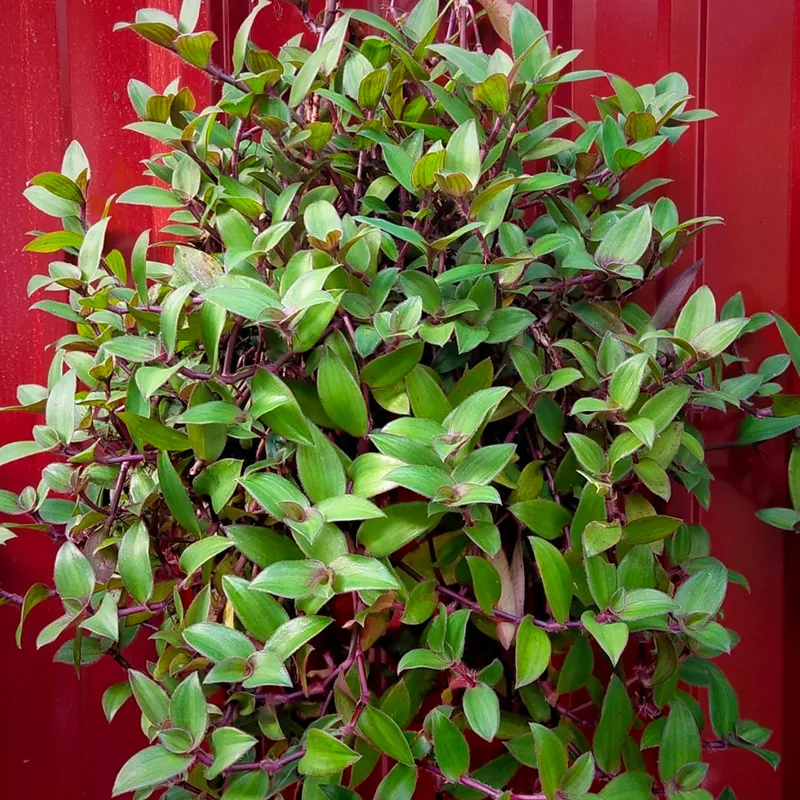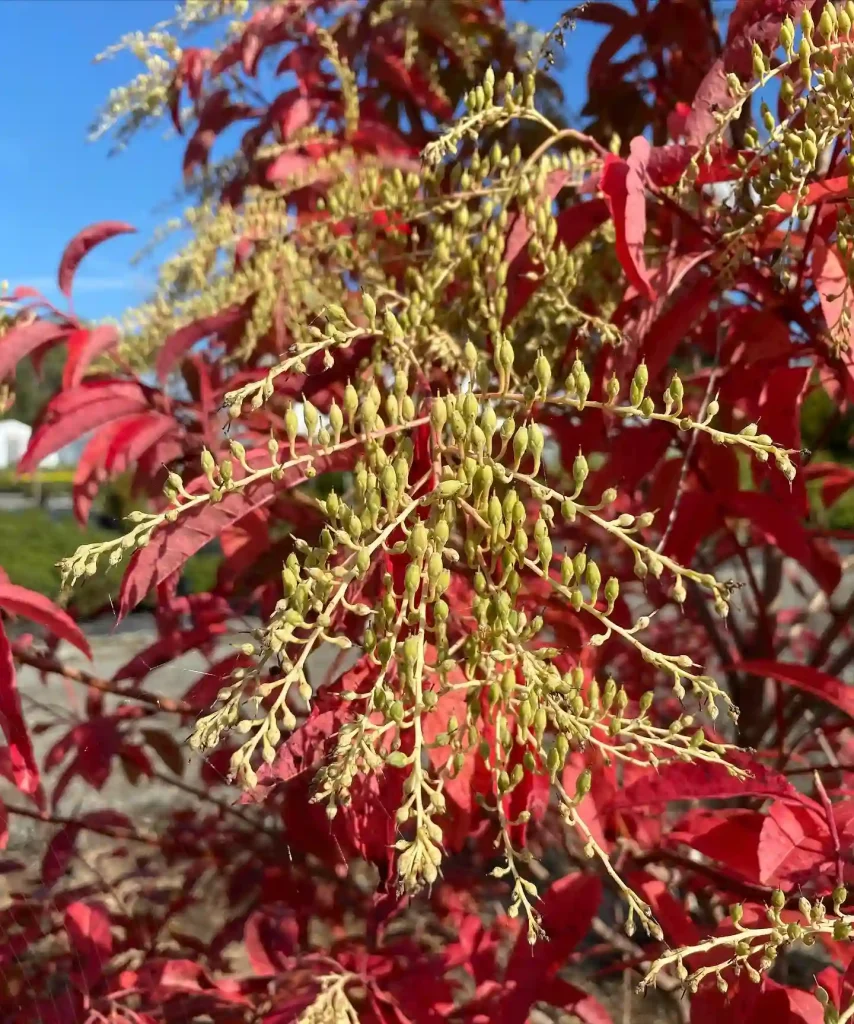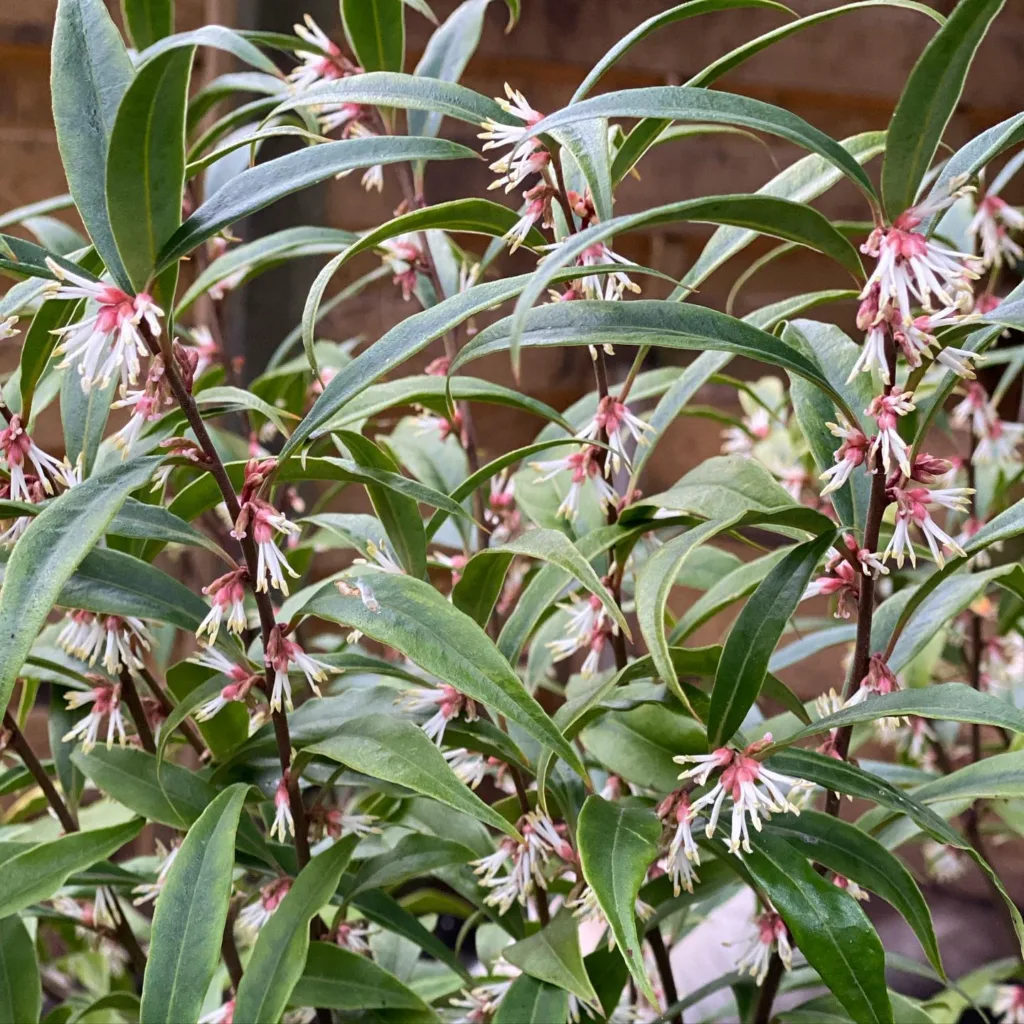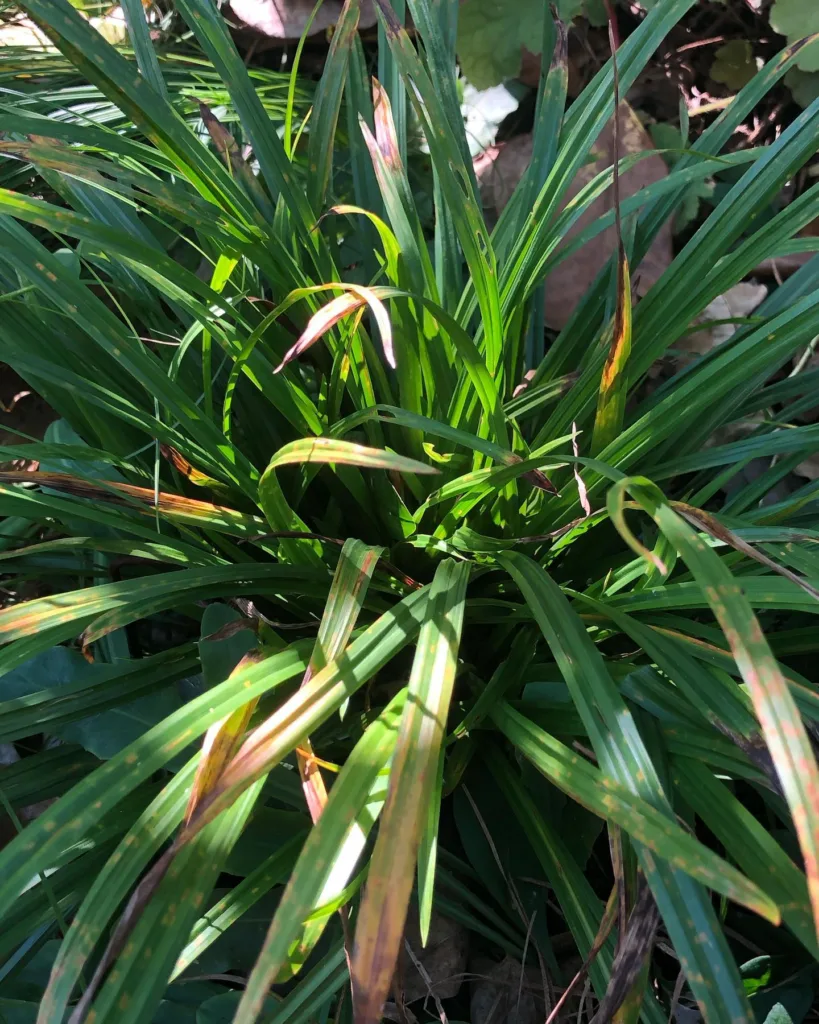FAQs about Acer Duplicatoserratum: A Comprehensive Guide
Acer Duplicatoserratum is a fascinating plant, and I often get questions about it from fellow garden enthusiasts. In this article, I’ll dive into some of the most frequently asked questions about this species, sharing my personal experiences and knowledge. Whether you’re curious about its care, propagation, or even how it compares to other plants, I’ve got you covered.
168 Species in Genus Acer – Maple Tree
What Is Acer Duplicatoserratum?
Acer Duplicatoserratum is a lesser-known species of the Acer genus, which includes many types of maples. This particular species is valued for its unique leaf structure, which features double-serrated edges. The leaves have a vibrant green color that turns a stunning shade of red in the fall, making it a popular choice for those looking to add seasonal color to their gardens.
I’ve always been drawn to this tree because it offers the beauty of a typical maple but with a twist. The double-serrated leaves give it an extra layer of texture and interest, setting it apart from more common maples.
How to Care for Acer Duplicatoserratum?
Caring for Acer Duplicatoserratum is relatively straightforward, but there are a few key things to keep in mind to ensure it thrives.
Sunlight and Soil Requirements
This tree prefers partial shade to full sun, depending on your climate. In hotter regions, I’ve found it does better with some afternoon shade to protect it from scorching. The soil should be well-drained but capable of retaining some moisture. I’ve had success with slightly acidic to neutral soil, rich in organic matter.
Watering and Fertilization
When it comes to watering, Acer Duplicatoserratum prefers consistent moisture, especially during its first few years. I water mine deeply once a week, more often during dry spells. Over-watering can lead to root rot, so it’s crucial to strike a balance. As for fertilization, I apply a balanced, slow-release fertilizer in early spring to support its growth throughout the season.
Pruning and Maintenance
Pruning is essential to maintaining its shape and promoting healthy growth. I usually prune mine in late winter or early spring before new growth begins. Removing dead or diseased branches helps prevent problems down the road, and thinning out crowded areas improves air circulation.
How to Propagate Acer Duplicatoserratum?
Propagation can be done through seeds or cuttings. I’ve had the most success with softwood cuttings taken in late spring.
Propagation by Cuttings
To propagate by cuttings, take a 6-inch cutting from a healthy branch, remove the lower leaves, and dip the cut end in rooting hormone. Plant the cutting in a mix of sand and peat, keeping it moist and warm until roots develop. This method requires patience, but the results are worth it.
Propagation by Seeds
If you prefer growing from seed, collect them in the fall and stratify them over the winter by placing them in a moist, cold environment for several months. Plant the seeds in spring, and with some luck, you’ll see seedlings by early summer.
What to Plant with Acer Duplicatoserratum?
Choosing companion plants for Acer Duplicatoserratum depends on the effect you want in your garden. I like to pair mine with shade-loving perennials such as hostas or ferns. Their broad leaves contrast beautifully with the delicate serrated edges of the Acer.
For a more vibrant display, consider planting undergrowth like Japanese Forest Grass, which adds a golden hue that complements the Acer’s green and red foliage.
Is Acer Duplicatoserratum Toxic?
A common question I get is whether Acer Duplicatoserratum is toxic. The good news is that it is generally considered non-toxic to humans and pets. This makes it a safe choice for family gardens. However, as with any plant, I recommend keeping an eye on pets and young children to prevent them from ingesting leaves or bark.
What Are the Benefits of Acer Duplicatoserratum?
Acer Duplicatoserratum offers several benefits that make it a worthy addition to any garden. Its striking foliage provides visual interest throughout the seasons, especially in autumn when it turns vibrant shades of red. Additionally, it attracts wildlife, including birds and beneficial insects, creating a more dynamic garden ecosystem.
Another benefit I’ve noticed is its adaptability. While it thrives in partial shade, it can also tolerate a fair amount of sun, making it versatile for various garden settings.
Common Problems with Acer Duplicatoserratum
Like any plant, Acer Duplicatoserratum isn’t without its challenges. Here are some common issues I’ve encountered and how to address them.
Pests and Diseases
Acer Duplicatoserratum is relatively resistant to pests, but it can occasionally fall victim to aphids or scale insects. I usually treat these with a strong jet of water or insecticidal soap.
Fungal diseases like powdery mildew can occur, especially in humid conditions. To prevent this, I ensure good air circulation by pruning and avoid overhead watering.
Leaf Scorch
Leaf scorch can be an issue, particularly in hotter climates or when the tree is exposed to too much direct sunlight. I’ve mitigated this by providing afternoon shade and ensuring the soil stays consistently moist.
Comparing Acer Duplicatoserratum with Similar Species
Acer Duplicatoserratum is sometimes confused with Acer Palmatum, commonly known as the Japanese Maple. While both share some similarities, such as their striking fall color and general care requirements, the key difference lies in their leaf structure. Acer Palmatum has more delicate, lace-like leaves, while Acer Duplicatoserratum features the unique double-serrated edges that give it a more robust appearance.
I’ve grown both, and I find that Acer Duplicatoserratum is a bit hardier, particularly in regions with more extreme weather. It also tends to grow slightly larger, making it a better choice if you’re looking for a more substantial presence in your garden.
Final Thoughts
Acer Duplicatoserratum is a unique and rewarding tree to grow. Its distinctive leaves, vibrant fall color, and adaptability make it a standout in any garden. With proper care and attention, it can thrive and bring beauty to your outdoor space year after year. Whether you’re a seasoned gardener or just starting, I highly recommend giving this plant a spot in your garden.
If i die, water my plants!



